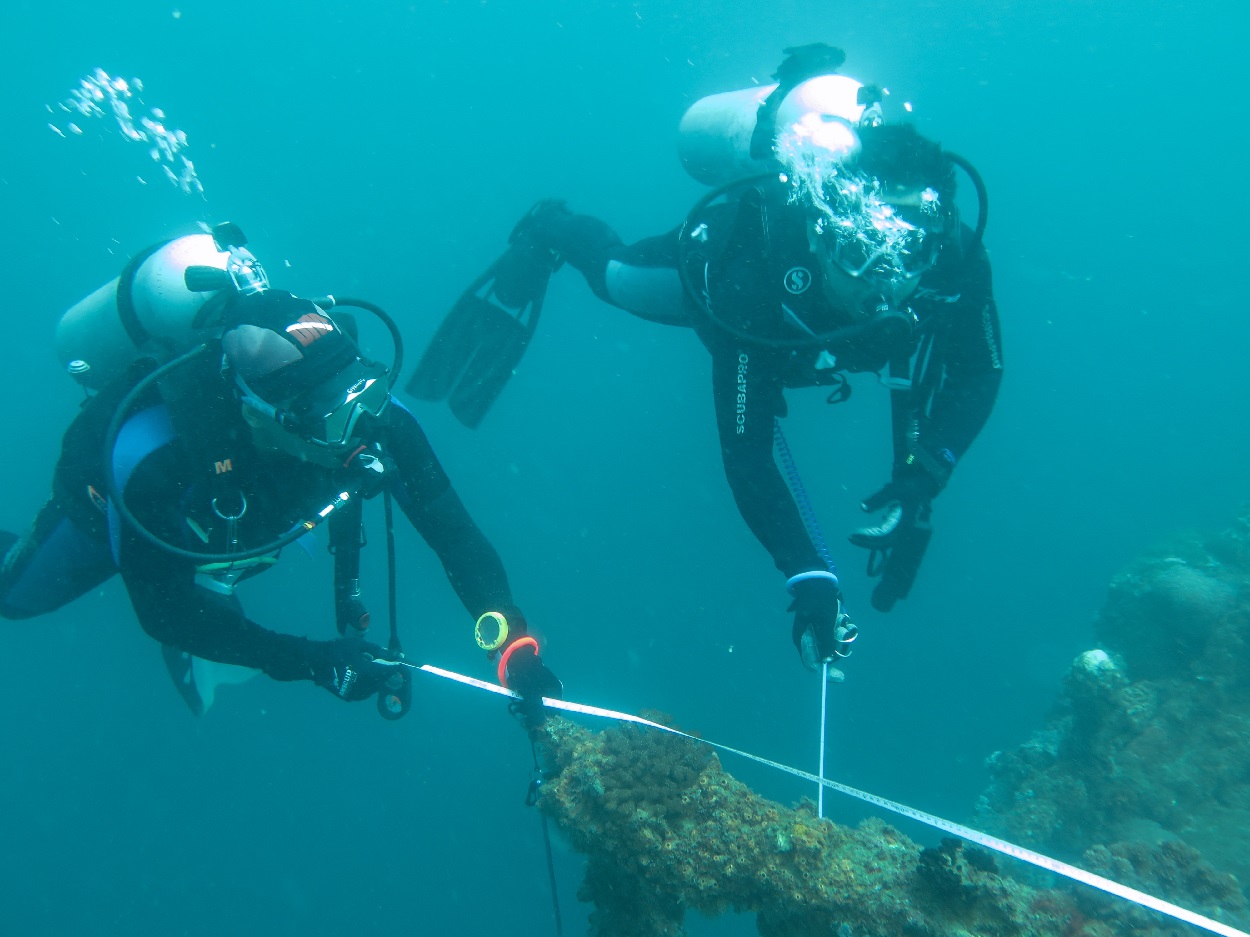A multinational team, including researchers from the University of Bradford, is currently conducting a five-year study in the Gulf of Mexico to identify submerged landscapes from the last Ice Age. The project involves offshore surveys along the coastlines of Texas, Louisiana, Mississippi, Alabama, and Florida, followed by dives to verify any archaeological sites that are identified.
The Last Glacial Period (LGP), also known as the Last Ice Age, occurred from the end of the Last Interglacial to the end of the Younger Dryas, approximately 115,000 to 11,700 years ago. During this time, parts of the Gulf of Mexico were once dry land, but rising sea levels caused by melting ice ultimately submerged these landscapes.
To date, there are fewer than 50 documented submerged sites in the Gulf of Mexico, many of which are in semi-disturbed conditions, leaving archaeologists with questions about the people who inhabited these areas and their cultural identity. The goal of the project is to document a significant number of sites to advance scientific understanding of these historical periods and improve cultural heritage management practices.
The project also aims to provide guidance for identifying and managing these submerged landscapes in the Gulf of Mexico, ultimately influencing US Federal policy on cultural heritage management in this region. Dr. Cook Hale emphasized the importance of knowledge transfer to Tribal Nations in the area, as Indigenous stewardship of landscapes has been shown to result in better conservation outcomes. The team is excited to support Tribal Nations in caring for these landscapes as the Gulf continues to evolve with new initiatives like offshore wind projects.
